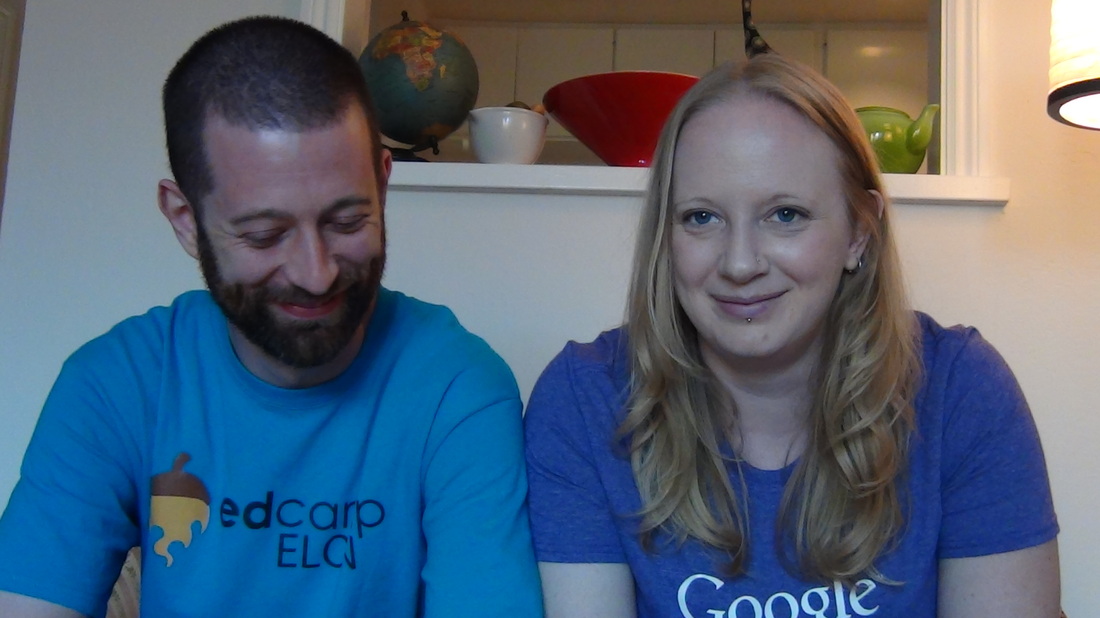Or maybe it’s because I see how far my students got last year and wonder, just like every year, if I can do that again from the beginning.
We also discussed perseverance as one of the traits we most wanted our middle schoolers to develop as a student at my new school. But when we were asked to identify things that we would see or hear that could demonstrate perseverance, we got stuck. It’s one of those characteristics that we all know when we see it, but trying to build a checklist of behaviours that evidence perseverance is pretty different.
It’s something that Andrew and I really focused on last year. We taught our students about Growth Mindset (GM) and made an effort to always praise for effort and hard work rather than intelligence or academic performance. The student who most embodied the change for me was a 9th grader named Josh.
I almost cried when he said that for the first time. That is Growth Mindset (GM) in action, and it’s pretty powerful stuff.
So I’ve been trying to backwards engineer that transformation. And it struck me today that our writing pedagogy had much to do with that transformation.
Here are some ways that we have developed a GM from our students, in the order we work on them throughout the school year.
First, we write a lot. The more practice students do at a task, the easier it will be, and the less emotionally fraught. By engaging in lots of deliberate practice, we teach our students that writing isn’t something that some people can do and others can’t. It’s an art that requires dedication in order to excel. Just as you can’t pick up a paintbrush and go from zero to Rembrandt, you can’t pick up a pen and go from zero to Dostoyevsky. That is a message students need to hear over and over: “This is a good first effort. Let’s improve x and y next time. I’m really proud of you - z is a great examination of the topic!”
Repetition, praise. Repetition, praise. Praise specific techniques and effort, rather than intelligence and talent.
After our students are used to writing a lot and know that they will not be crushed by a grade, we start ramping up to more academic tasks. Starting the year with narrative writing is good because it starts with a story. Everyone has stories, and everyone needs a place to tell their stories.
But as the year goes on, we turn from narrative tasks to persuasion and argumentation. Then we finish with reflection. It mirrors the teaching cycle too - start with a story, support it with evidence that is compelling, and reflect on why it’s important and how that story shows something about the human condition.
At this point, we start writing major process essays. I’ve already written about feedback, but another important form of feedback is the revision process.
Revision is one of those visible processes that mark perseverance, and as such, revision is absolutely vital to teaching GM to students. The revision process can be arduous, because, if done correctly, it forces you to call into question every word choice, every sentence, and every rhetorical or grammatical convention.
That is exhausting.
But the payoff is this: being good at something makes doing that something WAY more fun. When students start to see their writing improve, they want to keep improving.
And the logical outgrowth of that is that we start sharing what our students write outside of our own classroom. Because Andrew and I co-teach, we have built in audiences outside the physical classroom; that makes collaboration much more straightforward.
This is the truth: We have found that writing for an audience, such as we do on this blog, forces us to be far more intentional in our composition. We spend more time on anything as the number of people who will potentially see (and criticise) it goes up. A lot of times, our students know that the teacher is the only audience, so they don’t have the motivation to make it truly polished and publishable.
So we have to start encouraging them to share. That pushes them back to revision, and that develops perseverance, and that means a better piece of writing is put into the world, which increases the odds of positive reinforcement...and so it goes.
There is no secret to developing GM in our students. Frankly, it’s always going to be hard work. It’s going to take tons of repetition. It means sharing our failures so that our people can give us feedback and we can get better. But GM is its own reward. It is so much more fun to teach students who believe that hard work is more important than innate talent.
That’s why the writing process is a perfect vehicle for teaching Growth Mindset: by teaching the writing process, you are modeling what it means to persevere. It is REALLY HARD to figure out what all students need in order to improve their writing, and to try to deliver that in a class of 30+ students seems impossible. But all that you need to do is keep trying, keep working hard, and keep walking.
It’s a journey, and it’s one that you can take with your students.
And it will change you.
It may also change them, but it will definitely change you.


 RSS Feed
RSS Feed
